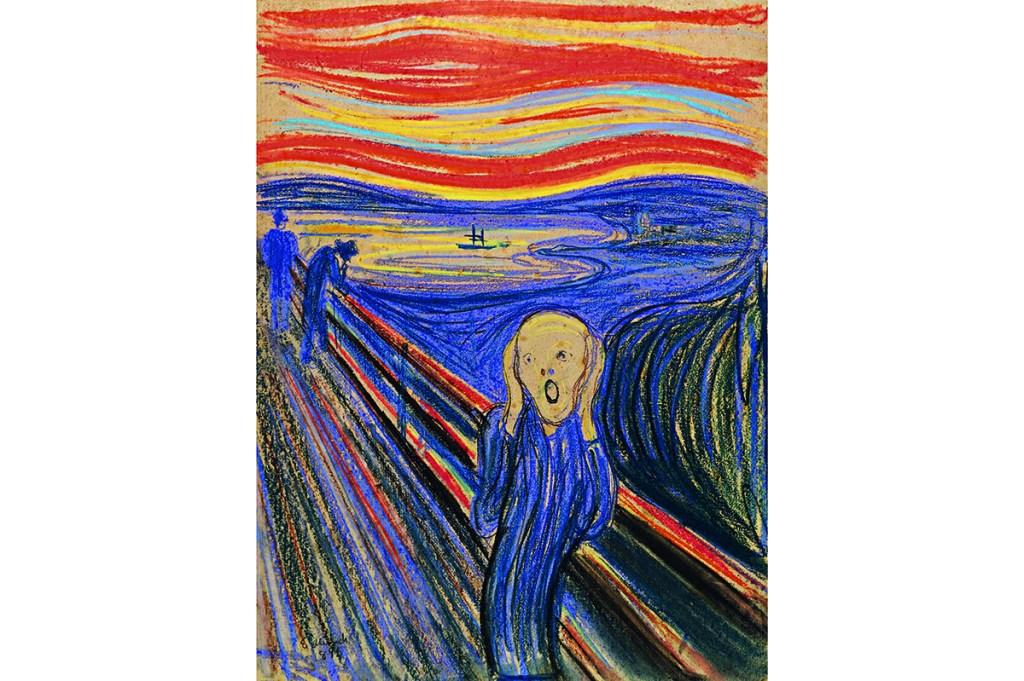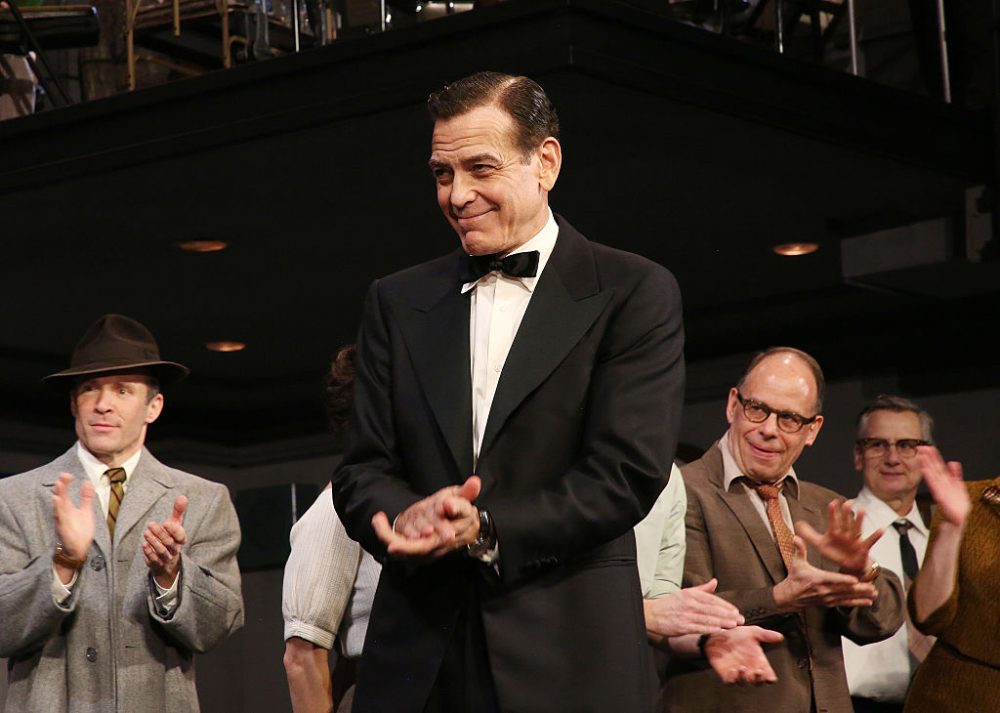In 2006, a blogger called Charles Lavoie wrote that every New Yorker cartoon could be captioned ‘Christ, what an asshole!’ It was, he believed, the perfect all-purpose caption. It might be applied to New Yorker classics — such as Thurber’s fencer slicing off his opponent’s head (original caption, ‘Touché!’) or the legendary Bob Mankoff one of the businessman on the phone saying ‘How about never? Never’s good for me’. When applied to political cartoons, ‘Christ, what an asshole!’ might appear less of a joke, and more a statement of fact, but it works nonetheless.
Some time later, the artist Cory Arcangel suggested an alternative Universal Caption: ‘What a misunderstanding!’ This prompted much discussion amongst toonophiles. Not to be outdone, a designer named Frank Chimero came up with another all-purpose caption, after giving it ‘12 seconds of thought’: ‘Hi. I’d like to add you to my professional network on LinkedIn.’ And, ‘like any thought that takes 12 seconds to think, I put it on Twitter.’ It went viral and Chimero was hailed as a genius by TIME magazine. ‘Everyone was apparently very bored at work that day,’ said Chimero.
His 12-second idea works for most cartoons. It encompasses both whimsy and a very New Yorker metropolitan elite subtext. It led Robinson Meyer of the Atlantic to comment ‘You’re a hero, Frank. I’d like to add you to my professional network on LinkedIn.’ In a meta-metamorphosis, the same words ended as an actual caption to a cartoon in the New Yorker. And when a piece was published about the phenomenon, duly entitled ‘Everyone Was Apparently Very Bored at Work That Day’, this too was suggested as a universal caption. ‘OK, now this is getting out of hand,’ remarked Chimero. ‘This is getting out of hand’ was an instant addition to the growing list of captions.
As Mankoff — by then the New Yorker’s cartoon editor — wrote, ‘These jokes become a sort of meta-meta-humor, almost like a comedic version of the financial system, where you had derivatives of derivatives of derivatives. I just hope these meta-meta-gags don’t cause a humor meltdown.’
Luckily that didn’t happen — and when the New Yorker ran a Universal Caption competition, the readers’ alternatives included the self-referential ‘It’s like we’re in a New Yorker cartoon’, the snarky ‘If you have to ask, cancel your subscription’ and the near-perfect ‘I wish I’d never been drawn’. The possibility of a universal caption is intriguing, but I began to wonder if it was possible to find a universal cartoon — an image that would raise a chuckle when shackled to any caption. Cartoonists are very keen on regurgitating the same image, or celebrating the cliché, as we like to call it. People stranded on desert islands, squashed hedgehogs, men on window ledges, lemmings — the list is long. But when cartoonists draw say, yet another person on a psychiatrist’s couch, it’s not simply laziness, but a desire to amuse one’s colleagues. It’s a badge of honor among cartoonists to get a cliché published.
Clichés, though, do not work as universal cartoons. I’ve tried applying a variety of captions to a stock desert-island drawing and the situation isn’t as universal as might be hoped. One of the most enduring captions in the history of cartooning — ‘You spoil that dog’ — makes no sense when put underneath a man sitting alone under a palm tree.
By chance, and giving it much more than 12 seconds’ thought, I stumbled upon a possible solution. Once, when I was submitting photobubble ideas for Rod Liddle’s column in the Sunday Times of London, the editor expressed revulsion at a particular image. ‘I hate that picture,’ he said, and tossed it onto the pile of rejects. Thereafter I made it my week’s work to come up with an alternative topical caption to the same image to present to him. Partly this was to annoy him, but I hoped he would find it amusing him when he eventually realized what I was up to. (He didn’t.)
As the weeks went by, I accumulated more and more jokes all about the same image, until I began to suspect that it might just be the universal cartoon I had been looking for. The picture is not a cartoon, but it has been drawn as a cartoon by many cartoonists and it has an undoubted cartoonish quality. It is Munch’s ‘The Scream’. For many this is a symbol of the angst that defines humanity. For me, it is a springboard for jokes. Edvard Munch may have thought he was digging deep into his soul to express the agony of the human condition, but in fact he was inadvertently producing the most hilarious image ever created.
Try it, with any caption you choose. It works with the other cartoon captions in this issue: ‘I’m self-oscillating’, ‘No it’s not you! Ever since you introduced me, I’ve been in love with your mother’, ‘I wouldn’t pay what they were asking for the Banksy. So I bought the wall instead.’
All work, in some way, with ‘The Scream’. Maybe it’s the gravity of the image juxtaposed with the silliness of the caption that makes it fit. Whatever the reason, I can’t think of any other image that works like that.
Even so, if readers do have alternative universal cartoons please send them to me at specusa@spectator.co.uk.

























